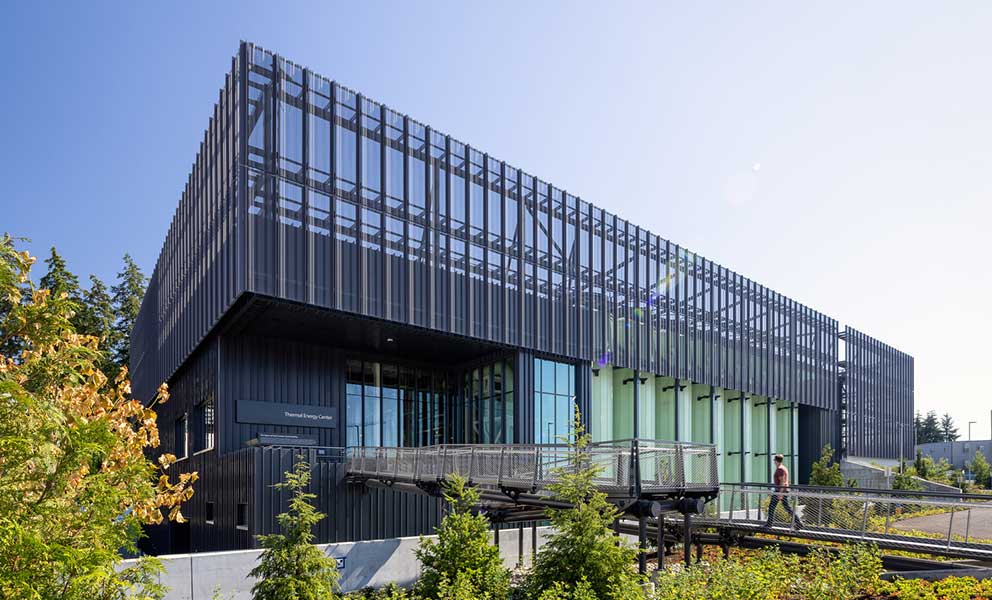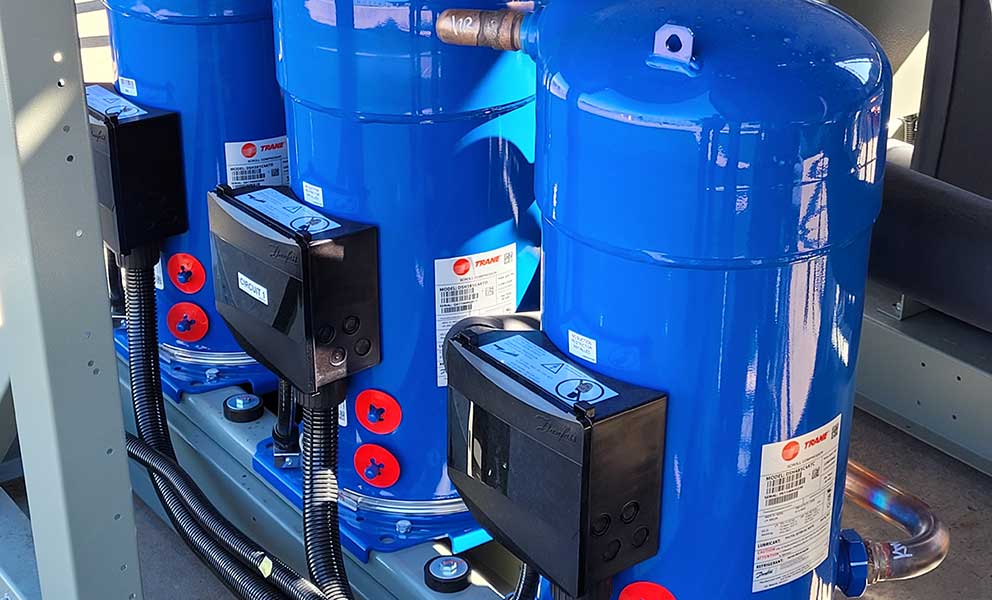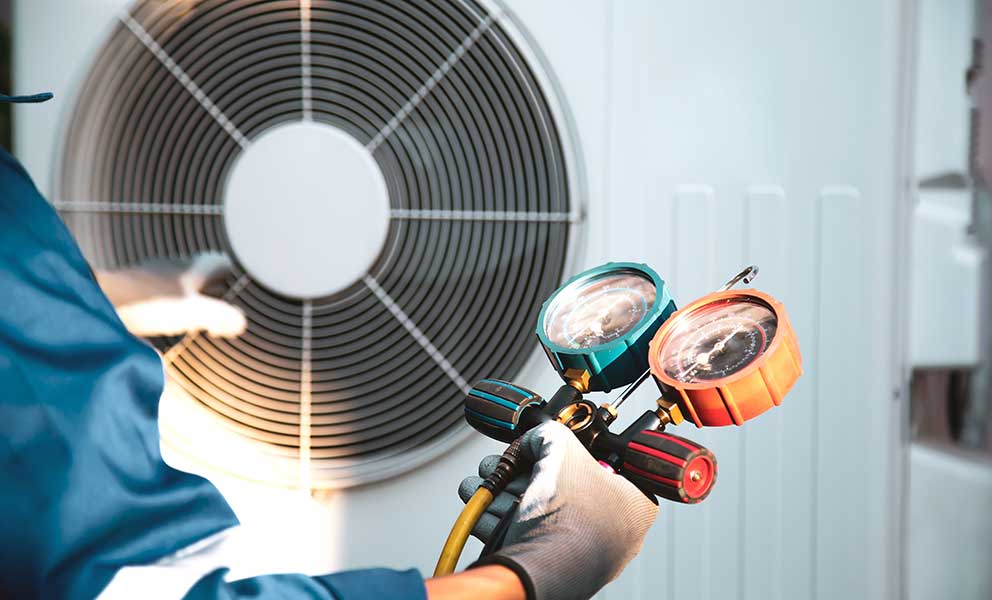What connected buildings have that others don’t.
1. Better backup plans
Modern connectivity enables proactive downtime prevention with capabilities like remote monitoring, automated system alarms, app-based management, and early-detection analytics.
2. Stronger cyber security
Cloud-connected systems provide enhanced security, with diligent providers who are constantly combatting the latest cyber threats.
3. Sustainability/energy management tools
Connected systems enable analytics that measure current energy use, guide improvement actions, and measure results.
4. Productivity advantages
Building run smoothly with less dedicated staff by automating tasks like system scheduling.
5. More human-centric environments
Contemporary systems manage indoor environments with greater sophistication. They can pinpoint where and when people are in the building to optimize temperature, humidity and ventilation.
Most HVAC equipment up to 15 years old is connectivity ready—or at least close to it. Trane can assess your building and tell you what it will take to get up to speed. It may be easier than you think, and longer you wait the more your building will fall behind.
Grand Hyatt New York Customer Story Video
Building Management & Automation
See how Trane can help you create a well-connected building

Company embraces high tech and high touch to achieve climate and other goals.

Trane is committed to helping customers transition to next-generation, low-GWP refrigerants, ensuring the right solution for each application. With insights from Steve Kujak, Trane's Director of Next Generation Refrigerant Research, we explore the role of refrigerants in decarbonization and the benefits of A2L refrigerants.
-
Blog
-
Sustainability
-
Connected Buildings
-
 MacDonald-Miller’s Road to Sustainability
MacDonald-Miller’s Road to SustainabilityCompany embraces high tech and high touch to achieve climate and other goals.
-
 Understanding A2L Refrigerants: A Q&A with Steve Kujak
Understanding A2L Refrigerants: A Q&A with Steve KujakTrane is committed to helping customers transition to next-generation, low-GWP refrigerants, ensuring the right solution for each application. With insights from Steve Kujak, Trane's Director of Next Generation Refrigerant Research, we explore the role of refrigerants in decarbonization and the benefits of A2L refrigerants.
-
 What HVAC Technicians Need to Know about the Refrigerant Transition
What HVAC Technicians Need to Know about the Refrigerant TransitionFamiliar refrigerants, including R-410A and R-134A for chillers, are being phased out in newly manufactured equipment, with next-generation, low global warming potential (GWP) refrigerants becoming the new reality. Discover how Trane can help you prepare for these new refrigerants by boosting confidence with facts, recognizing what is changing and what is not, learning new handling processes and leak detection and site modifications, and practicing safe storage and transportation.
































































































